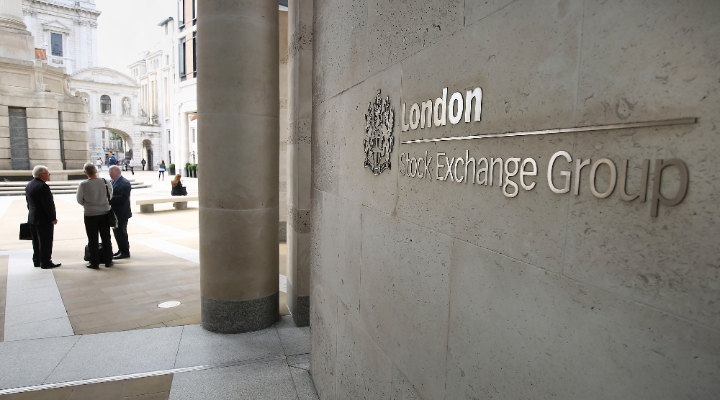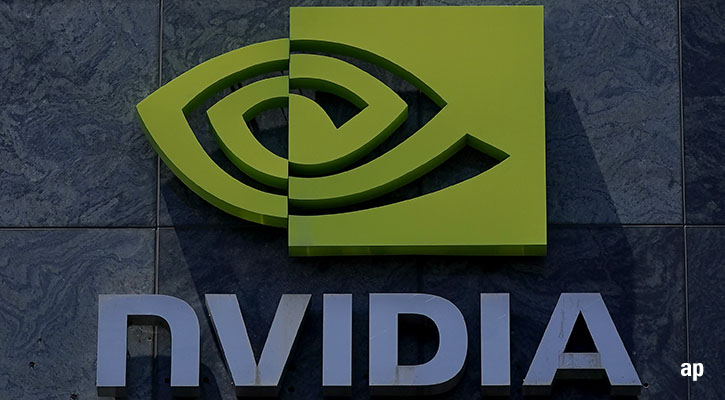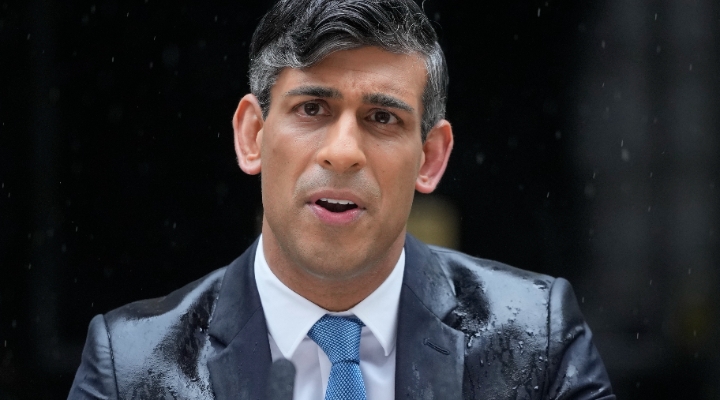I have held an instant access cash ISA for about 10 years. It is held with a small regional building society. I have found the experience of dealing with this building society excellent.
The ISA is consistently on the best buy lists of many financial sites and has won a number of awards.
The society is also very active in my local community supporting charities and various initiatives. From a personal point of view, this is also important.
So all in all even though interest rates are at an all time low I’m a happy cash ISA investor.
Stock ISA
Apart from one brief foray into the stock market via an investment club as the tech boom came to an abrupt halt, I had never really invested directly in the stocks.
One of the biggest barriers to me i
nvesting directly was the amount of money you need to make an investment efficient.
With dealing charges of £10-15, stamp duty (0.5%) and the spread between the buying price and the selling price, the percentage increase needed to cover costs on a small investment is high.
I could of course have paid a smaller amount into a regular savings scheme with a fund provider but my initial desire was to run a stock portfolio myself.
When I found a stockbroker that would let me invest directly into stock via a monthly savings scheme, with a very low dealing rate (£1.50 per trade), this obstacle to investing was removed and I decided to start investing.
My investment strategy was simple:
“Invest in quality stocks that paid a decent dividend and reinvest those dividends to buy more stock”
I had a long term outlook:
“Looking to build a portfolio slowly over several years, using the regular investments to smooth any price fluctuations in the stocks I hold.”
In hindsight starting to invest in stock in June 2007 was a poor piece of ‘market’ timing, the sub-prime crisis was about to start becoming headline news all over the world and the “largest financial crisis for a generation” was about to break.
To start with, the market turmoil didn’t really seem to affect me, I had small holdings and was averaging (down) on a monthly basis.
I had also done some reading on example portfolios with similar strategies to mine and even managed to pick the odd good tip that was performing well.
Now that I had my own money invested directly in the stock market I took a great--some would say obsessive--interest in how the whole crisis was evolving.
What really damaged my portfolio was a move into the banking sector.
My rationale was that the more conservative UK banks should not be affected by much of the crisis, their yields were high and I thought (wrongly) safe, and they had fallen by around 50% from their peak.
I invested small amounts over several months as prices continued to fall and held on to the stock, thinking that the high yield would cover most of my losses and that the price would recover in the long run.
Unfortunately these banks did become embroiled in the crisis and the share price has plummeted leaving me with an 80% loss on this investment.
Whilst other stocks in my portfolio have fared better, all except my pharmaceuticals holding are showing losses of 15% or more. My pharmaceuticals holding is actually showing a 13% profit.
One of my big problems was that with the amount I was investing I could not get a wide enough range of stock to spread the risk of one or more of them going bad.
So I went in search of and found an Exchange Traded Fund (ETF) that would give me both the exposure to the kind of stocks I was looking for and some cushion from volatility by the diversity of stocks it held.
I am now going to diversify my holdings even further by buying into a Corporate Bond ETF, whilst holding and selectively increasing my holdings in the stocks that I believe will recover.
I’m hoping the market will level out and recover in the next 12-18 months and the stock I bought by reinvesting dividends and averaging down through the bear market will enhance my returns when the recovery starts.
Thanks for reading my articles over the past weeks, I hope that you have found them interesting. Good luck investing in the new tax year.






















